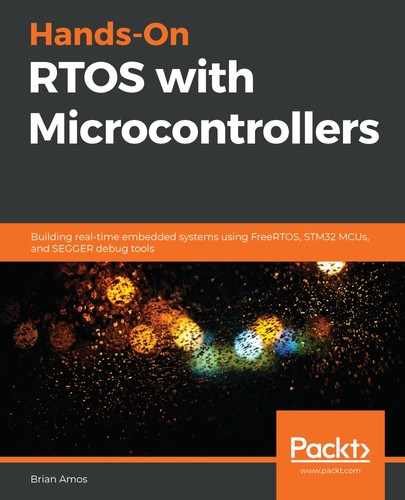In 2019, STM launched the STM32MP line, which was the company's first entry into the application processor space. This family offers a single or dual-core Cortex-A7 at 650 MHz, along with a single Cortex-M4 running at 209 MHz. STM appears to be targeting the high-volume, low-cost portion of the market with these solutions by focusing on a lower core count and packages that require fewer PCB layers using less expensive fabrication techniques.
From a software perspective, the main difference between STM's MCU offerings and the new micro-processor unit (MPU) is that since the MPUs have memory management units (MMUs), they are capable of running a full OS via mainline Linux kernels, which opens up an entirely different ecosystem of open source software (that you don't personally need to write).
The heterogeneous multi-core approach allows designers to split up portions of a design and solve them in the domain that they are best suited to. For example, a dedicated process controller with a GUI and networking capability could use the Cortex-A7 to leverage Linux and gain access to the Qt framework and complex networking stacks, while using the Cortex-M4 for all of the real-time control aspects.
Of course, with additional capability comes additional complexity. Unlike MCUs, there's no way to get around integrating external RAM with the STM32MP line, so be prepared for some fairly involved PCB layout (compared to a stand-alone MCU solution).
